Finished rifle with Aimpoint H1 micro sight mounted on XS Sights Lever Scout mount. XS Sights’ rear aperture is visible as well; many users would feel no need for the Aimpoint addition on the lever. Combination of both ensures sighting capability no matter the conditions.
It’s useful to receive a reality check every so often. What am I talking about? It’s often assumed that only the most current weapons offer any real tactical utility. This is unfortunate in that it encourages people to think that weaponry is a substitute for mindset, training and proficiency. I am going to refute this line of thought by highlighting a rifle/cartridge combination conceived in the late 1800s that is every bit as tactically valid today as the latest polymer/steel creation sporting lights, lasers and any other performance-enhancing gadgets that can be attached. A tactical weapon should be judged by the following criteria: handling, lethality, firepower and sights—not just by when it was created or how much it costs. All of these characteristics combine to create a weapon that allows the user to impose their will or defend themselves across various engagement distances.
”Rural assault rifle” carries well and raises none of the preconceived notions that a typical black “assault rifle” does when carried.
The rifle/cartridge combination I am going to utilize to make my point is the classic lever-action chambered in .30-30 Winchester. Now before you stop reading and start sending letters to the editor, this article is not just a review of an off-the-shelf.30-30. Modern tweaks have been added to this lever-action rifle reflecting advancements in technology that we can borrow to enhance the basic lever-action platform. I refer to the concept as the “rural assault rifle.” My friend Mike Sine conceived the project and it intrigued me so much that I asked him to collaborate with me on an article describing how he arrived at the “rural assault rifle” or “Pugsli,” as he affectionately named the rifle.
Compact Pugsli handled great around various barricades when tested.
As a caliber, the .30-30 Winchester has been around since the late 1800s. Chambered primarily in lever-action carbines, it has gained a well-deserved reputation as a fine eastern woods rifle. Basic .30-30 ballistics consist of a 150-gr., round-nose bullet pushed to 2,300 feet-per-second (fps). Muzzle energy is nudging 2,000 foot-pounds leaving the barrel. A 100-yard zero translates into eight inches low at 200 yards for the .30-30. A slightly elevated zero at 100 yards translates into a 200-yard zero. The choice of zero depends on what the user’s intent is for the rifle. In an age when most “tactical” carbines end up as 12 pounds of lights, lasers and rails, Pugsli weighs in at 7.5 pounds with the tube-type magazine fully loaded. This build was embarked on in the hopes of producing a light and quick handling long arm capable of dealing with any sub-300 yard, sub-250 pound critter in need of dispatching.
“Rural assault rifle” proved more than capable of handling CQB distance targets but really came into its own when ranges extended past 100 yards.
The search for a suitable host turned up in a well-used Glenfield Model 30 chambered in .30-30 Winchester but in need of some love and a few parts. The bore was excellent and at $75, the price was right. The barrel and magazine tube were shortened to 16 ½ inches for an overall length of 35 inches. The shortened barrel and magazine tube gave Pugsli a capacity of five plus one. The increased handling characteristics were worth losing the two rounds of capacity. A quick browse of Brownells produced the $65 worth of missing action parts. The rifle was missing a loading gate “door,” action lever and a few screws. The Glenfield’s extractor and ejector were replaced as well.
The Glenfield’s metal parts were then Duracoated in Matte black and the stock painted black with Marintex stippling after fitting a Pachmayr recoil pad. With the basic rifle completed, attention was turned toward the sights. A set of XS Sight Systems’ excellent ghost ring sights along with a Lever Scout optics rail was added.
Proper lever-action manipulation keeps the rifle on the shoulder during reloading, allowing the user to keep both their eyes and rifle on target. Note Aimpoint H1 location on XS Sights rail.
Some would say adding an optic to a lever gun is borderline blasphemy, however, I believe a red dot optic is a perfect complement to a quick handling carbine, whether an AR, AK or lever gun. An Aimpoint H1 micro sight was chosen for the job. At a mere seven ounces, this red dot enhances the capability of connecting with targets without diminishing the classic handling characteristics of the lever gun. A Leupold 2.5X IER Scout scope was considered due to its increased magnification extending possible engagement distances. However, it was abandoned due to the desire to keep the “rural assault rifle” lightweight and its classic lever-action lines as clean as possible.
The build can be duplicated for less than $1,000 even when including the cost of a new Marlin 336, but who doesn’t have access to an old Marlin or Winchester—not to mention the thousands of unloved lever guns hanging on pawnshop walls across America. By starting with a lever-action already owned, what we described above is a $600 upgrade. Nowadays people put $500 flashlights on their AR-15s. To make Grandpa’s old Marlin into a handy, durable walkabout/truck gun, $600 is a smart investment. Eliminate the optical sight and the cost is significantly lower still. The lever gun, even in the “rural assault rife” configuration, is sure to garner less attention than other so-called “assault rifles.” This is an added benefit for law enforcement and citizen alike in many parts of America.
The beauty of the “rural assault rifle” build is that one does not have to start with a lever gun chambered in.30-30. For example, a .357/.44 Magnum Marlin Model 1894 outfitted in the same fashion as the Glenfield described above would be an excellent companion rifle to your favorite sixgun. In fact, the increased round capacity of the .357/.44 Mag carbine would be seen as added incentive to some versus the increased range offered by the .30-30 chambered lever gun. A 250-gr. .44 Mag at 1,700 fps is nothing to sneeze at in a handy home defense rifle. One could even build upon Marlin’s 1895 “Guide Gun” chambered in .444 Marlin, .450 Marlin or our personal favorite, the .45-70 Government cartridge.

Testing at the range validated the lever gun’s handling characteristics. The .30-30 chambering proved much more robust in striking steel targets at distance versus the 5.56mm chambered ARs. The .30-30 and the 7.62x39mm of AK-47 fame are eerily similar in terms of ballistic performance. True, the “rural assault rifle” could not compete with an AR’s 30-round magazine, but capacity is not a substitute for marksmanship combined with familiarity with one’s weapon. The ability to constantly top off the lever gun alleviated any concerns over the limited five plus one round capacity. The Aimpoint sight performed great, but in all reality could be eliminated by purists who quake at the thought of optics on a lever rifle. The XS Sights ghost ring was just as quick into action.
Loads tested consisted of Hornady Custom 170-gr. and handloads made up of 150-gr. Hornady SP bullets over 34-gr. of Varget powder. Hornady’s LEVERevolution load would be an ideal ammunition candidate for anyone considering a similar project. Calming is the thought that .30-30 ammunition can be found at even the most remote sporting goods store in America.
As to be expected of a lever gun, Pugsli proved reliable in all testing, with no malfunctions. Range testing took place at a private range. Luckily, several barricades had been left in place from a competition shoot that had recently taken place there. Pugsli was run through the very same course of fire as the competitors had run a few weeks prior. All of them were equipped with the latest AR rifle or submachine gun with the most advanced sights and grips.
In a nutshell, 16 targets were to be engaged from three different firing positions. Magazine changes were mandated from behind cover before moving to the next firing position. I am not going to represent to the readers that Pugsli surpassed any of the winner’s times. The biggest hindrance to matching the fastest times was Pugsli’s six-round capacity. However, I will point out that Pugsli performed faster than some of the competitors who were not totally familiar with their weapon or shot poorly, missing the “A” zone of the designated targets. Pugsli was not the severe underachiever that many might expect.
This proves the point about training combined with weapon familiarization trumping any technological gadget buying proficiency. Constant fire was possible on the different targets across the various stages of fire. Accuracy was equal to the ARs and submachine guns. Effective engagement distance with the Pugsli was certainly more than with the submachine guns, and the .30-30 round hits with more authority at distance than any 5.56mm.
As a whole, the entire project was satisfying in that we were able to configure a rifle bought for $75 into a “rural assault rifle.” Anyone doubting that they can be properly armed—no matter the budget constraints or any ridiculous jurisdictional restrictions—should find this idea refreshing and food for thought. Along these same lines, no one should assume that purchasing the latest $2,000 rifle and gear guarantees that they will prevail. There is no substitute for training and mindset.
SOURCES:
Brownells Inc.
Dept. S.W.A.T.
200 South Front St.
Montezuma, IA 50171
(800) 741-0015
www.brownells.com
Aimpoint Inc.
Dept. S.W.A.T.
14103 Mariah Ct.
Chantilly, VA 20151
(877) AIMPOINT
www.aimpoint.com
Hornady Mfg. Co.
Dept. S.W.A.T.
3625 Old Potash Hwy
Grand Island, NE 68802-1848
(800) 338-3220
www.hornady.com
XS Sight Systems, Inc.
Dept. S.W.A.T.
2401 Ludelle
Ft. Worth, TX 76105
(888) 744-4880
www.xssights.com
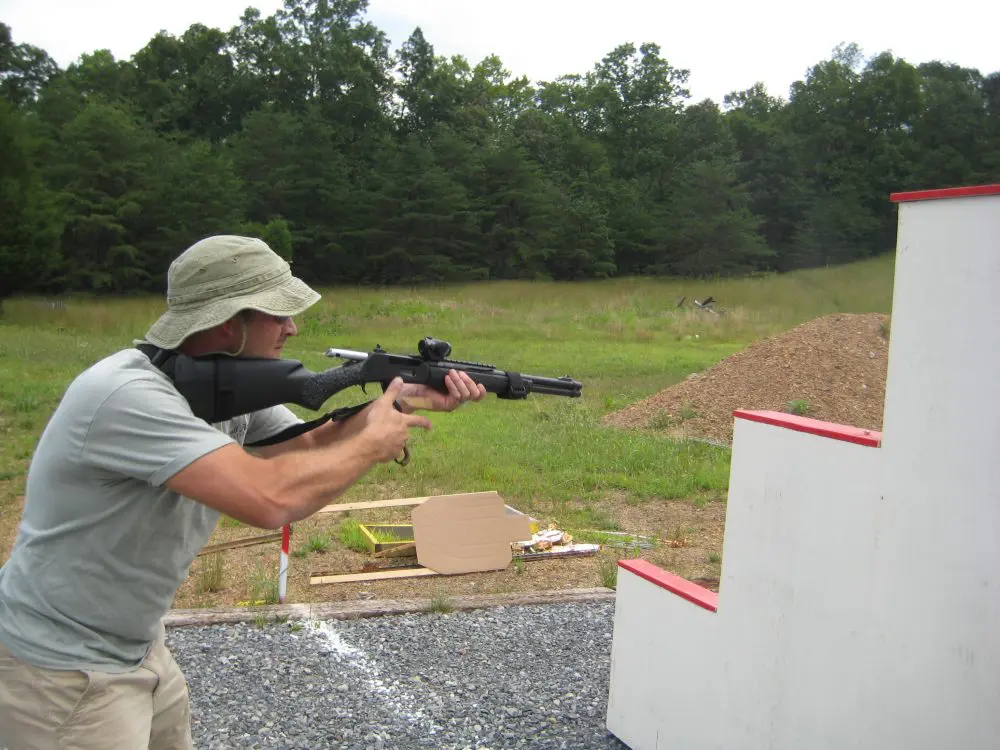
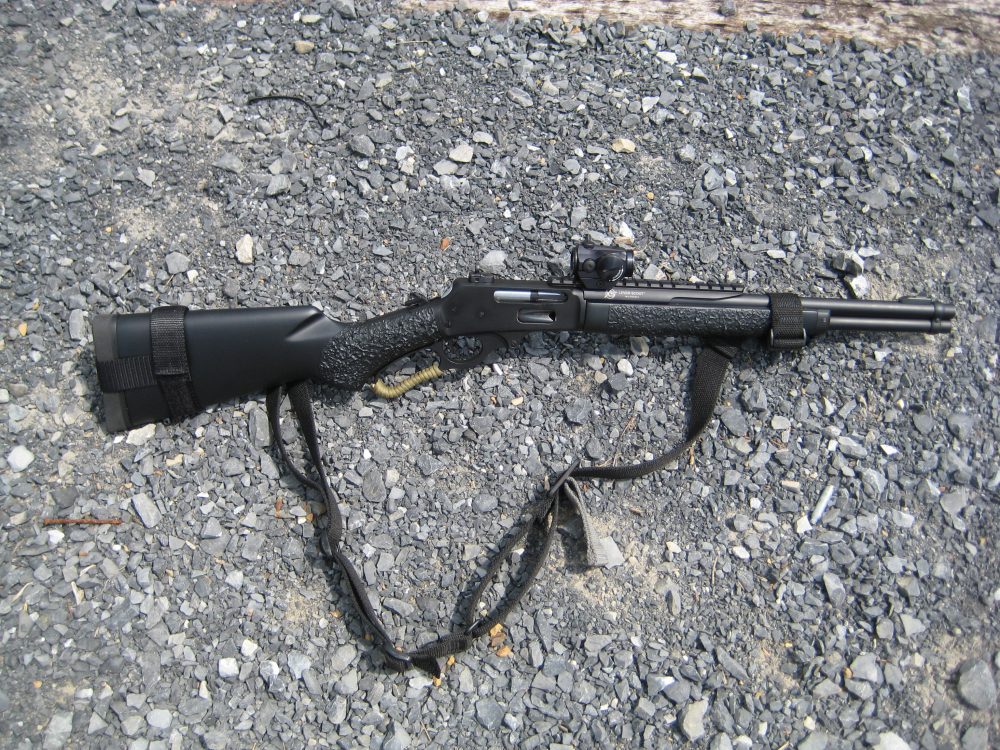
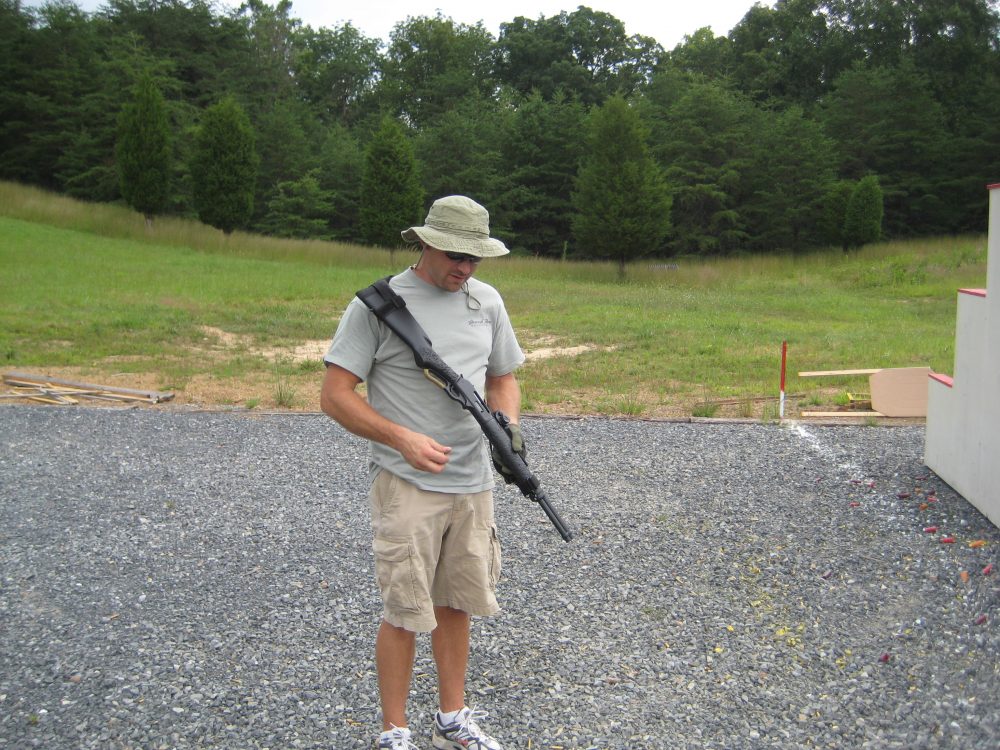
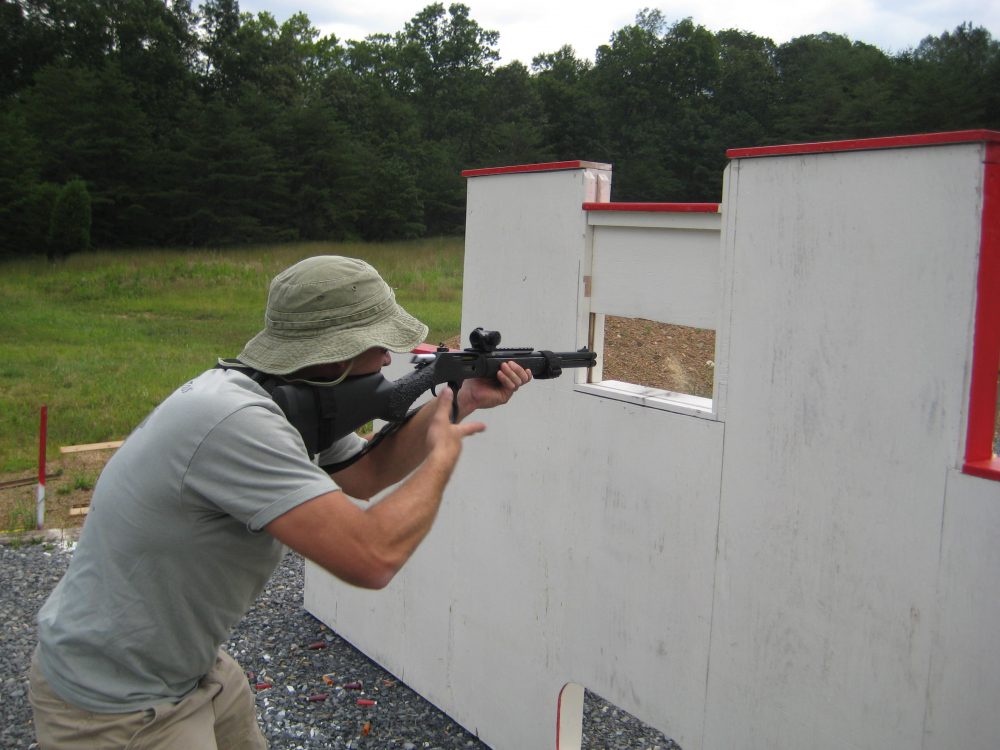
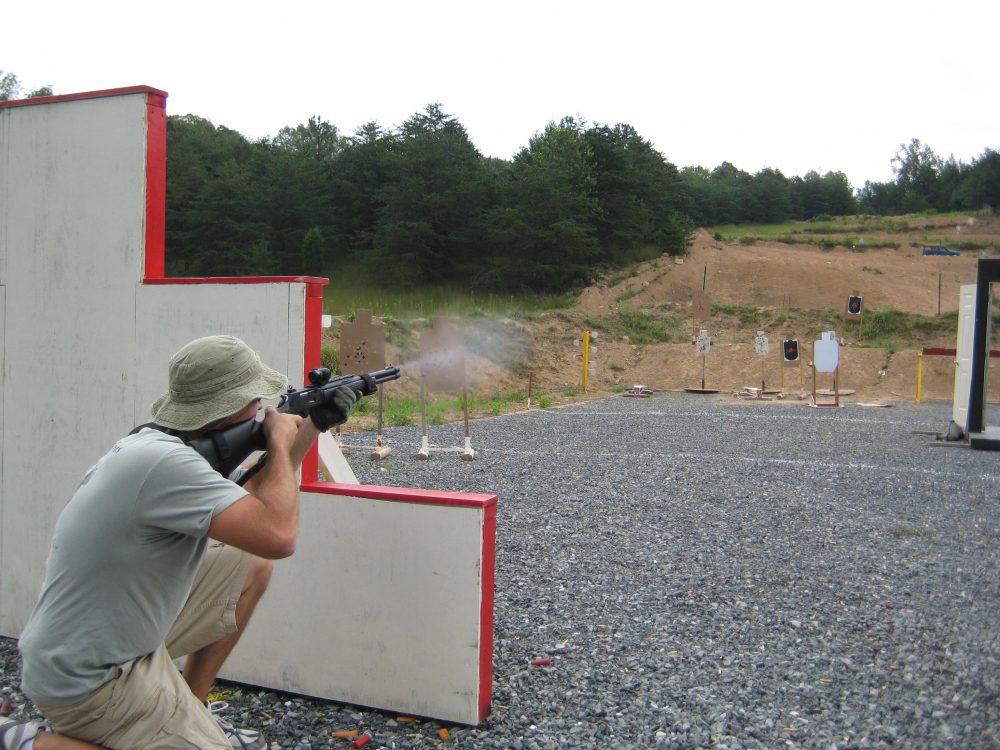

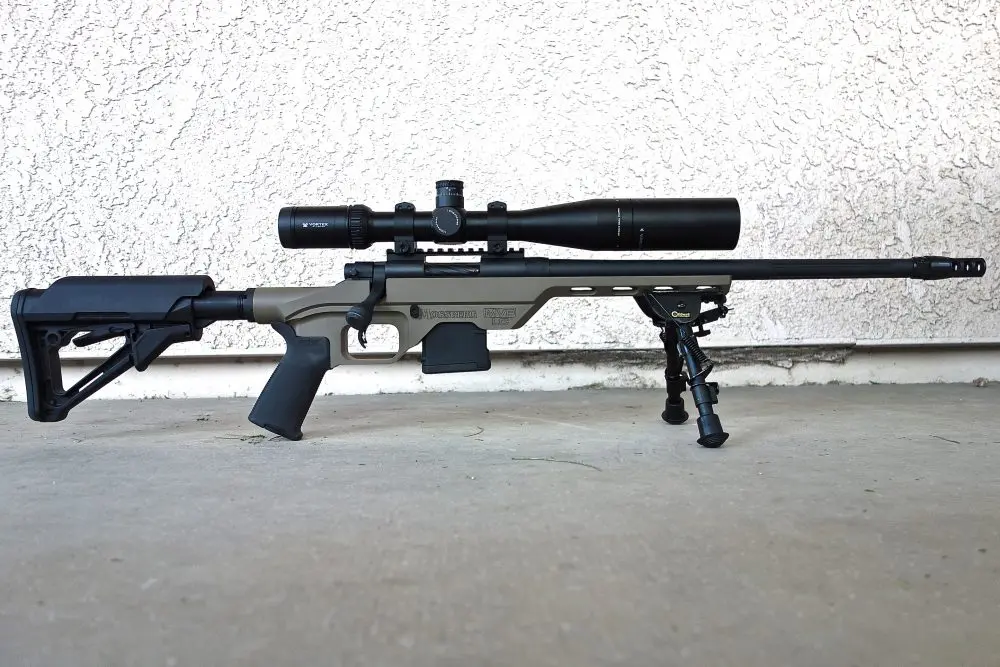
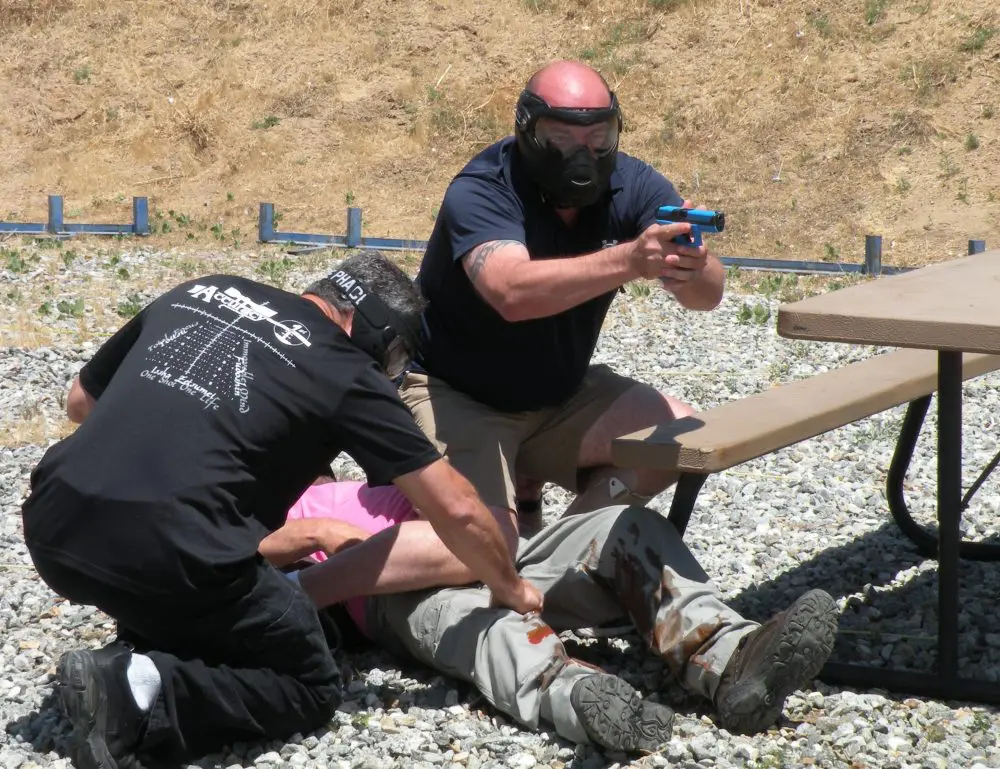
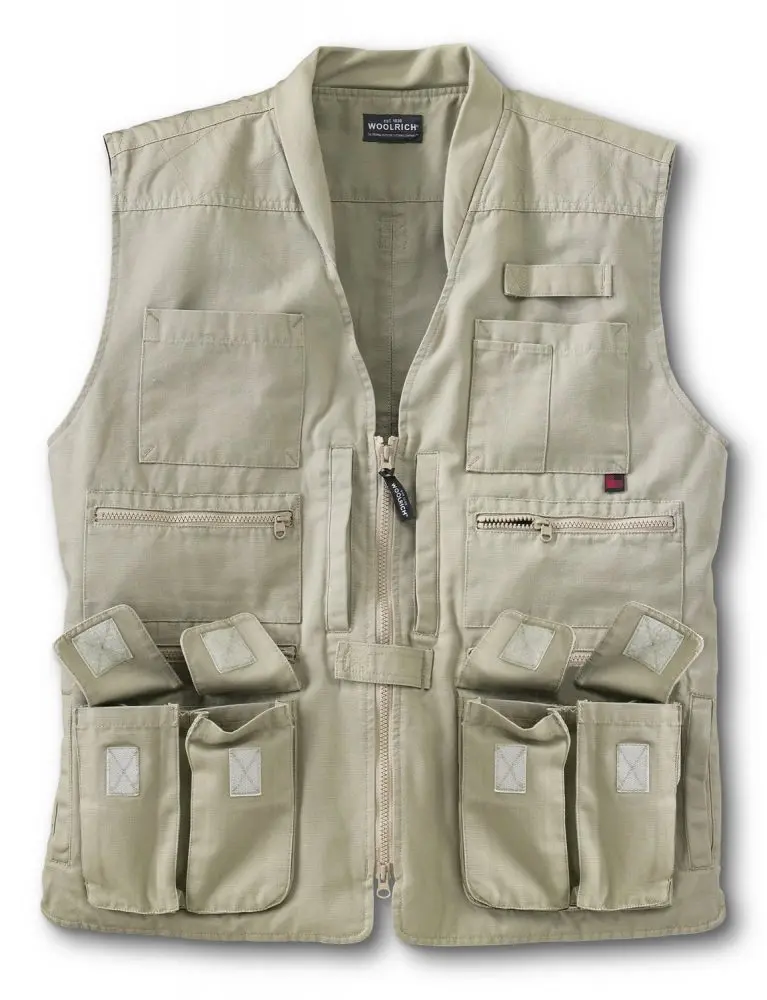

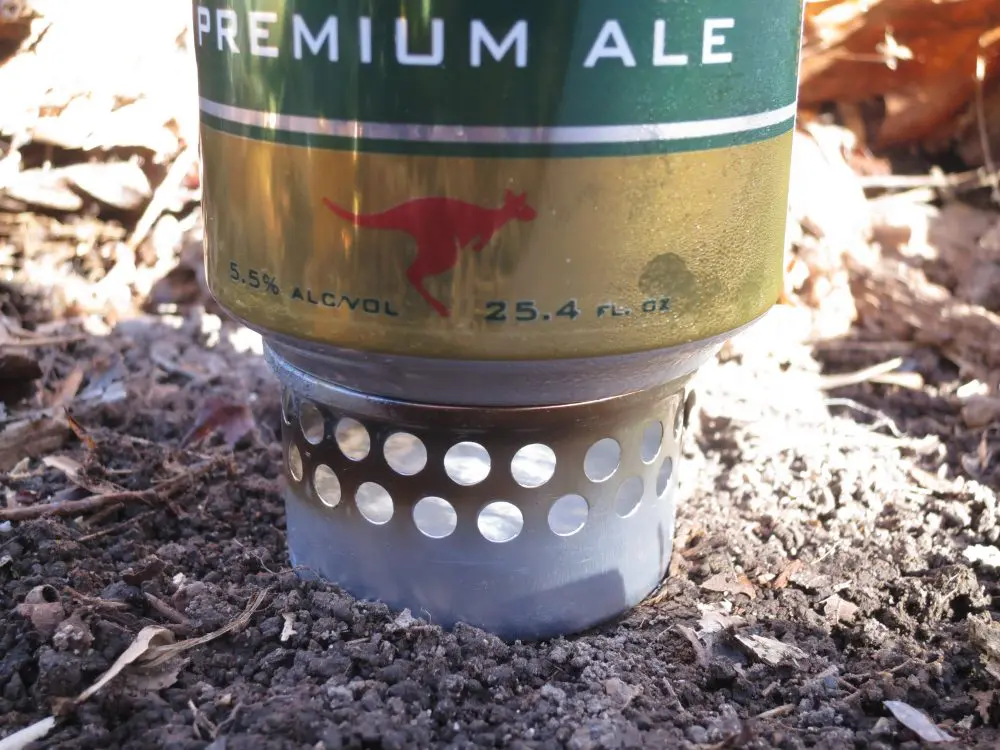

1 comment
You are ABSOLUTELY correct about all of this.